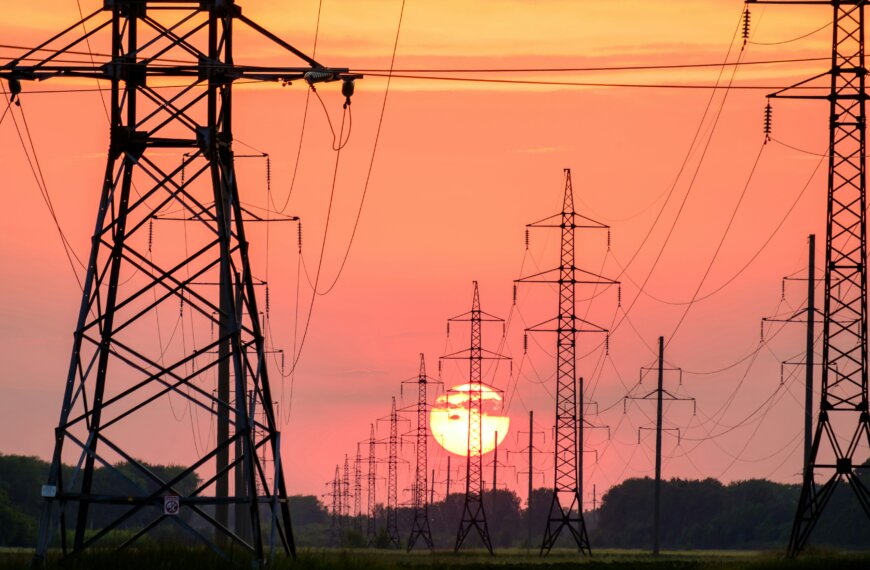At Big Shine Energy, we understand the importance of consistent, reliable power for your business operations. However, unexpected fluctuations in voltage can occur, impacting your equipment and potentially disrupting your workflow. We’ve talked about different power quality issues in the past. But today, we’d like to focus on two common issues we encounter, which are voltage sags and swells. Let’s discuss the meaning of these terms, their causes, and their consequences.
What Are Voltage Sags and Swells?
Sags are voltage dips. These are a temporary decrease in voltage of 10% or more below the normal usage. And they typically last from milliseconds to a few seconds. The voltage level dips below the nominal voltage but remains above zero volts. Sags that last several seconds are called an undervoltage.
Swells are voltage surges. This is a momentary increase in voltage, exceeding the nominal level for a similar duration as sags.
Their Impact on Equipment
Both sags and swells can disrupt your equipment’s performance, leading to multiple issues, many of which can be very costly.
- Data loss and equipment malfunctions. Sensitive electronic devices, such as LED lighting systems, are particularly vulnerable, potentially experiencing errors, crashes, or even permanent damage. LEDs can fail prematurely from continuous exposure to sags and swells.
- Motor overheating and reduced lifespan. Motors struggle to operate efficiently under fluctuating voltage, leading to overheating and premature wear.
- Production downtime and revenue loss. Equipment malfunctions and outages can significantly impact your productivity and bottom line.
Causes of Sags and Swells
There are multiple factors leading to sags and swells—some are internal to your facility and some are external.
Internal Factors:
- Starting large motors. Motors work by using electrical current to create magnetic fields. When a motor is at rest, there’s no initial magnetic field. So, when you first turn on the motor, it creates a sudden surge in voltage to create a powerful enough magnetic field to get it spinning. In turn, this can cause momentary voltage dips.
- Short circuits within your facility. Faulty equipment or wiring can trigger short circuits, leading to voltage fluctuations.
External Factors:
- Lightning strikes. Nearby lightning strikes can induce voltage surges on power lines.
- Utility grid switching. Switching operations within the power grid can cause temporary voltage fluctuations.
Mitigating Strategies
There are multiple ways to mitigate the impact of sags and swells, including implementing power conditioners, installing surge protectors, and implementing uninterruptible power supplies (UPS). Power conditioners are devices that regulate voltage fluctuations. They ensure consistent power supply to your equipment. Another option is installing surge protectors for electronic devices. These can also be installed at the electrical panels. They can safeguard sensitive equipment from the damage caused by voltage spikes. In contrast, UPS systems provide backup power during outages or voltage dips to help protect critical operations.
By understanding sags and swells and implementing appropriate mitigation strategies, businesses can ensure reliable power and minimize the risk of disruptions and equipment damage. Operators who take the appropriate precautions to improve their power quality can help their buildings save energy and save on maintenance costs.
Contact Big Shine Energy today to discuss your specific power quality needs and explore solutions that keep your operations running smoothly.









